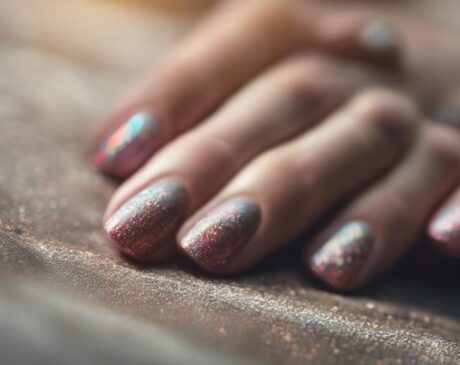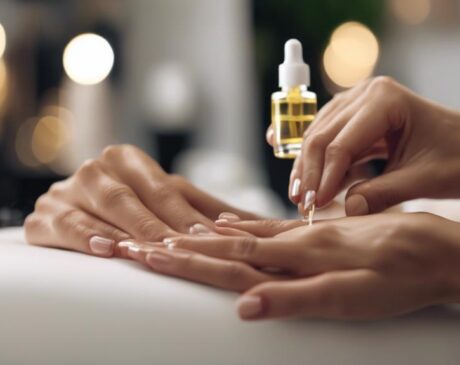What Household Items Produce UV Light?
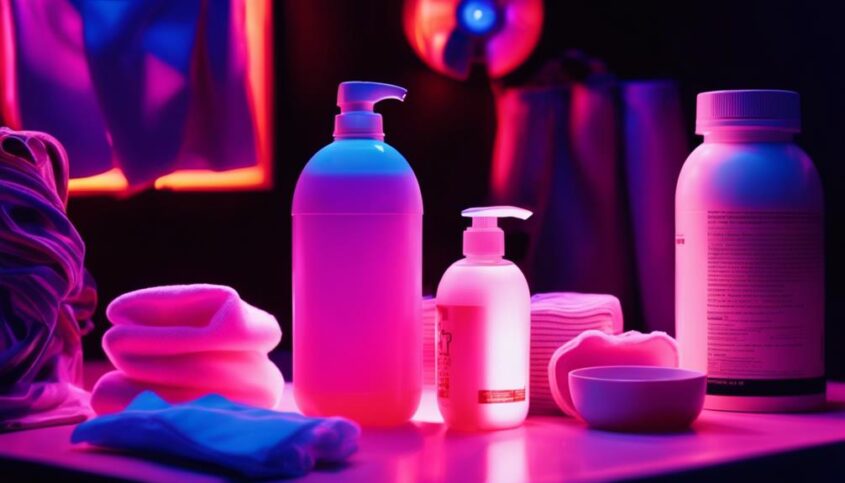
Various household items emit UV light for different purposes. Black lights can detect invisible stains, aiding in crime investigations. Tanning beds use UVA and UVB rays to stimulate melanin production for a bronzed complexion. Some light bulbs emit UV for sterilization or to simulate sunlight. Electronic devices like LCD monitors, LED TVs, keyboards, and printers also produce UV light. Sunlight exposure, rich in UVA, UVB, and UVC rays, benefits health and mood. The use of UV light in everyday items extends beyond illumination. Uncover the diverse applications and effects of UV light in common household items.
Key Takeaways
- Black lights emit UV radiation to detect invisible stains in crime scenes or for entertainment purposes.
- Tanning beds use UVA and UVB rays to stimulate melanin production for a bronzed complexion safely.
- Some light bulbs are designed to emit UV light for purposes like sterilization and insect attraction.
- Certain electronic devices like LCD monitors and printers emit low to moderate levels of UV light.
- Sunlight exposure provides UVA, UVB, and UVC rays, offering benefits like vitamin D synthesis and improved skin health.
Black Lights
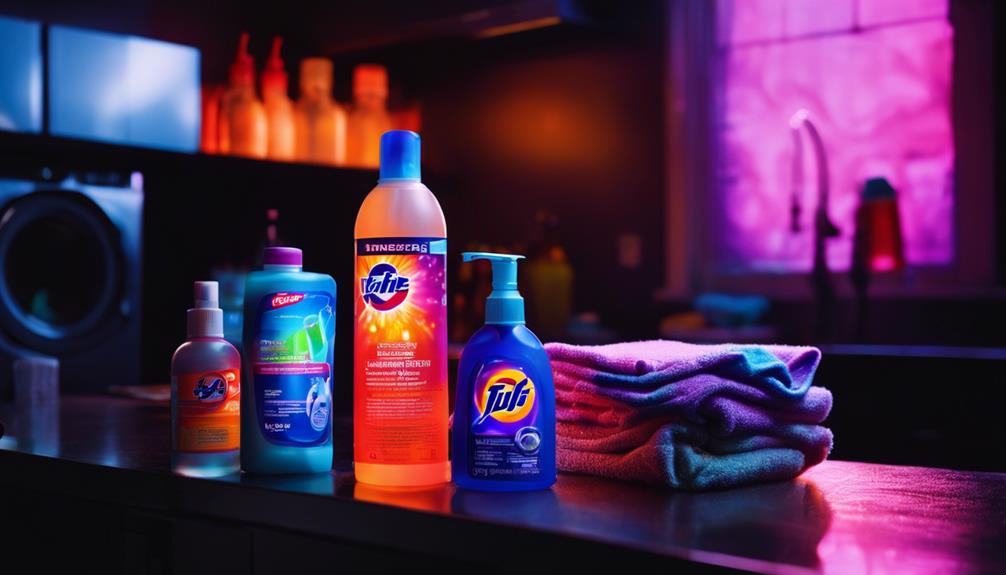
Black lights, also known as ultraviolet lights, are commonly used for various purposes such as detecting invisible stains and verifying the authenticity of certain items under UV illumination. These lights emit ultraviolet (UV) radiation that is not visible to the human eye but causes certain materials to fluoresce or glow. Innovatively, black lights have found applications in crime scene investigations where bodily fluids, such as blood and urine, can be detected through the fluorescence they exhibit under UV light. Additionally, black lights are utilized in the entertainment industry to create visually captivating effects in clubs, parties, and theatrical performances.
Moreover, black lights are instrumental in verifying the authenticity of documents, currencies, and certain collectibles that have UV-sensitive features. This innovative use of black lights helps in distinguishing genuine items from counterfeit ones, thereby aiding in fraud detection and prevention. Furthermore, these lights are also employed in scientific research, medical diagnostics, and even insect detection. Overall, the versatility of black lights in revealing hidden details and enhancing visual experiences makes them a valuable tool in various fields.
Tanning Beds
Tanning beds are commonly used for achieving a bronzed complexion by exposing the skin to artificial ultraviolet light. These innovative devices offer a convenient way to maintain a tan regardless of the weather conditions outside. By emitting UVA and UVB rays, tanning beds stimulate the skin to produce melanin, the pigment responsible for darkening the skin. This process mimics the natural tanning effect that occurs when the skin is exposed to sunlight.
Modern tanning beds have advanced features such as adjustable UV levels, cooling systems, and timers to ensure a safe and controlled tanning experience. Some models even come equipped with special facial tanners to target specific areas. Users can choose from a variety of bed types, including traditional horizontal beds and stand-up booths, catering to individual preferences. While tanning beds offer a quick and efficient way to achieve a sun-kissed glow, it is important to follow safety guidelines, such as wearing protective eyewear and monitoring exposure time, to prevent skin damage.
Light Bulbs
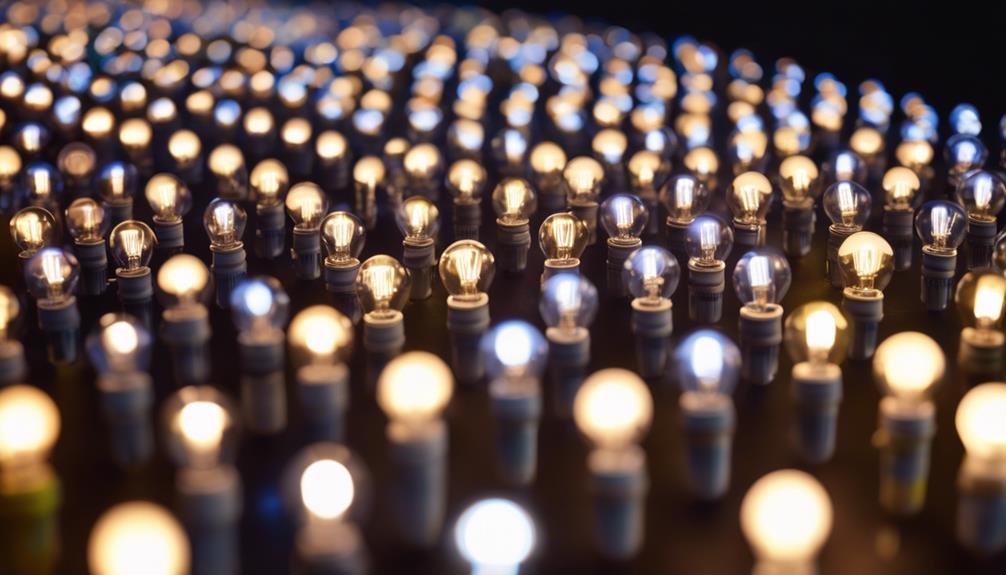
Various household items, including light bulbs, can emit UV light, which serves various purposes beyond just illumination. UV light bulbs are designed to emit ultraviolet radiation, commonly used for sterilization, insect attraction, scientific experiments, and even counterfeit detection. Here are some innovative uses of UV light bulbs in households:
- Sterilization: UV light bulbs are used in air purifiers, water treatment systems, and surface sterilization devices to kill bacteria, viruses, and other microorganisms.
- Insect Attraction: Certain UV light bulbs are designed to attract insects, such as mosquitoes, and then electrocute them upon contact, serving as an effective method for pest control.
- Artificial Sunlight: UV light bulbs can simulate natural sunlight, providing necessary UV radiation for indoor plants' growth or for individuals who require light therapy.
- Security Markings Verification: UV light bulbs can reveal hidden security markings on valuable items or currency, aiding in counterfeit detection and authentication processes.
Innovations in UV light bulb technology continue to expand their applications beyond traditional illumination, offering versatile solutions for various household needs.
Electronic Devices
In modern households, electronic devices play a pivotal role in daily activities, offering convenience and efficiency through their technological capabilities. Many electronic devices emit UV light as a byproduct of their operation. Here are some common electronic devices that produce UV light:
| Electronic Device | UV Light Production |
|---|---|
| LCD Monitors | Low |
| LED TVs | Minimal |
| Computer Keyboards | Low |
| Printers | Low to Moderate |
While the UV light emitted by these devices is generally low or minimal, prolonged exposure to it can still have potential effects on health. It is advisable to maintain a safe distance from electronic devices and ensure proper ventilation in rooms where these devices are used extensively. Understanding the UV light emission levels of electronic devices can help individuals make informed decisions about their usage and take necessary precautions for their well-being.
Sunlight Exposure
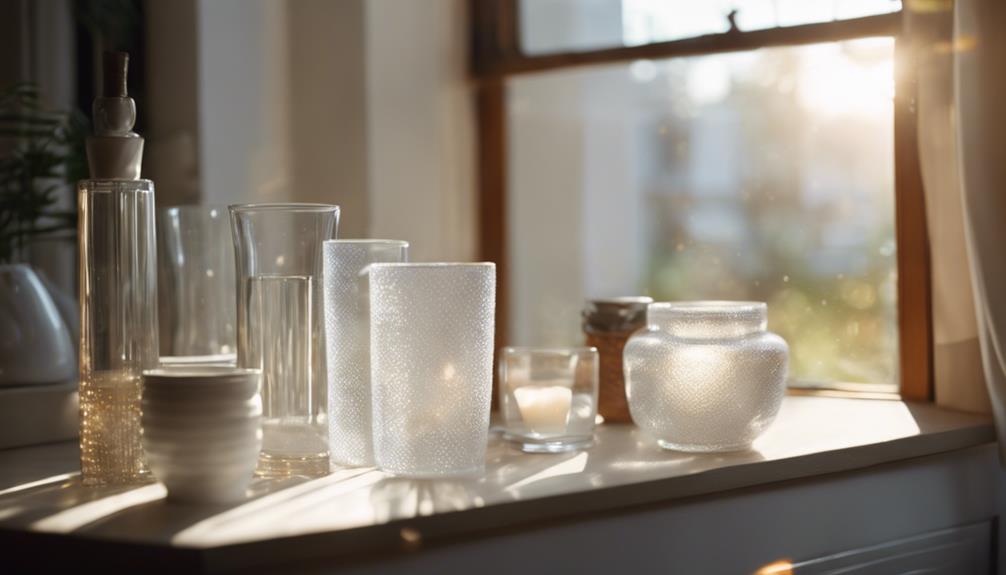
Sunlight exposure is a critical aspect of daily life, impacting both our health and well-being. The sun emits ultraviolet (UV) radiation, which consists of UVA, UVB, and UVC rays. While excessive exposure to UV radiation can be harmful, moderate sunlight exposure provides several benefits:
- Vitamin D Synthesis: Sunlight exposure stimulates the production of vitamin D in our bodies, essential for bone health and immune function.
- Mood Enhancement: Sunlight triggers the release of serotonin in the brain, promoting feelings of well-being and happiness.
- Regulated Circadian Rhythm: Natural light exposure helps regulate our internal body clock, promoting better sleep patterns and overall health.
- Skin Health: Controlled exposure to sunlight can improve certain skin conditions like psoriasis and eczema.
Understanding the importance of sunlight exposure allows us to harness its benefits while being mindful of the potential risks associated with overexposure. Embracing sunlight responsibly can significantly contribute to our overall wellness and vitality.
Frequently Asked Questions
Can UV Light Be Harmful to Household Pets?
While UV light has numerous beneficial applications, it can pose risks to household pets. Exposure to UV light can lead to skin damage, eye irritation, and even skin cancer in some animals. Proper precautions must be taken to safeguard their well-being.
Can UV Light Penetrate Through Clothing and Affect the Skin?
UV light can penetrate through clothing and affect the skin, as certain fabrics offer varying levels of protection. Understanding the UV protection factor of clothing and utilizing sun-protective fabrics can help minimize skin exposure and potential damage.
Are There Any Health Benefits to Using UV Light in Household Items?
Utilizing UV light in household items can offer health benefits like disinfection and air purification. While some may question safety, advancements in technology have led to controlled UV exposure, providing a safe and effective way to enhance indoor wellness.
How Can UV Light Affect the Colors of Objects in the Home?
UV light can alter the colors of objects in the home by causing fading or discoloration. This can be particularly noticeable on fabrics, artwork, and furniture exposed to prolonged UV exposure, impacting the aesthetic appeal of the items.
Are There Any Safety Precautions to Take When Using Household Items That Produce UV Light?
When using household items that produce UV light, it is essential to adhere to safety precautions. Wearing protective eyewear and clothing, ensuring proper ventilation, and following manufacturer instructions can minimize potential risks associated with UV exposure.

